The 1980s brought us some unforgettable TV miniseries that kept viewers glued to their screens. From gripping dramas to epic tales, these limited series became must-watch events of the decade. Each show had a unique story that captivated audiences and left a lasting impact. With powerful performances and intense storytelling, these miniseries truly defined TV in the 80s. They remain fan favorites and are still celebrated for their cinematic quality and memorable moments.
Shōgun (1980)
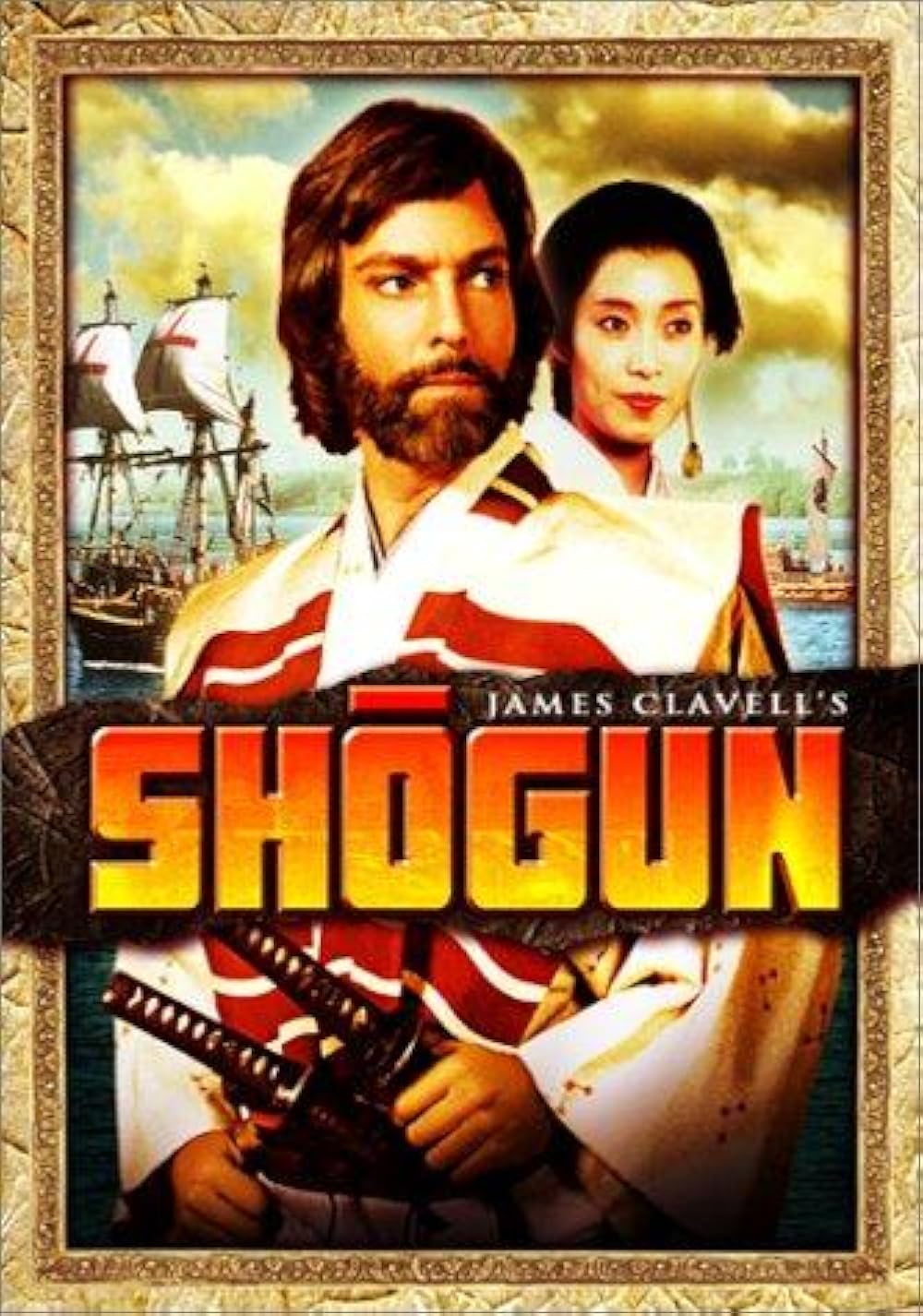
Shōgun brought the world of 1600s Japan to life, starring Richard Chamberlain as an English sailor who becomes entangled in the politics and culture of feudal Japan. Airing in 1980, this adaptation of James Clavell’s novel was one of the earliest TV epics and became a sensation. With stunning sets and authentic Japanese cultural depictions, it drew viewers into a mesmerizing story. It captivated audiences with its mix of historical intrigue and intense drama, winning multiple Emmys and a Golden Globe. The series set a high bar for historical miniseries and remains beloved for its cultural depth.
The Thorn Birds (1983)
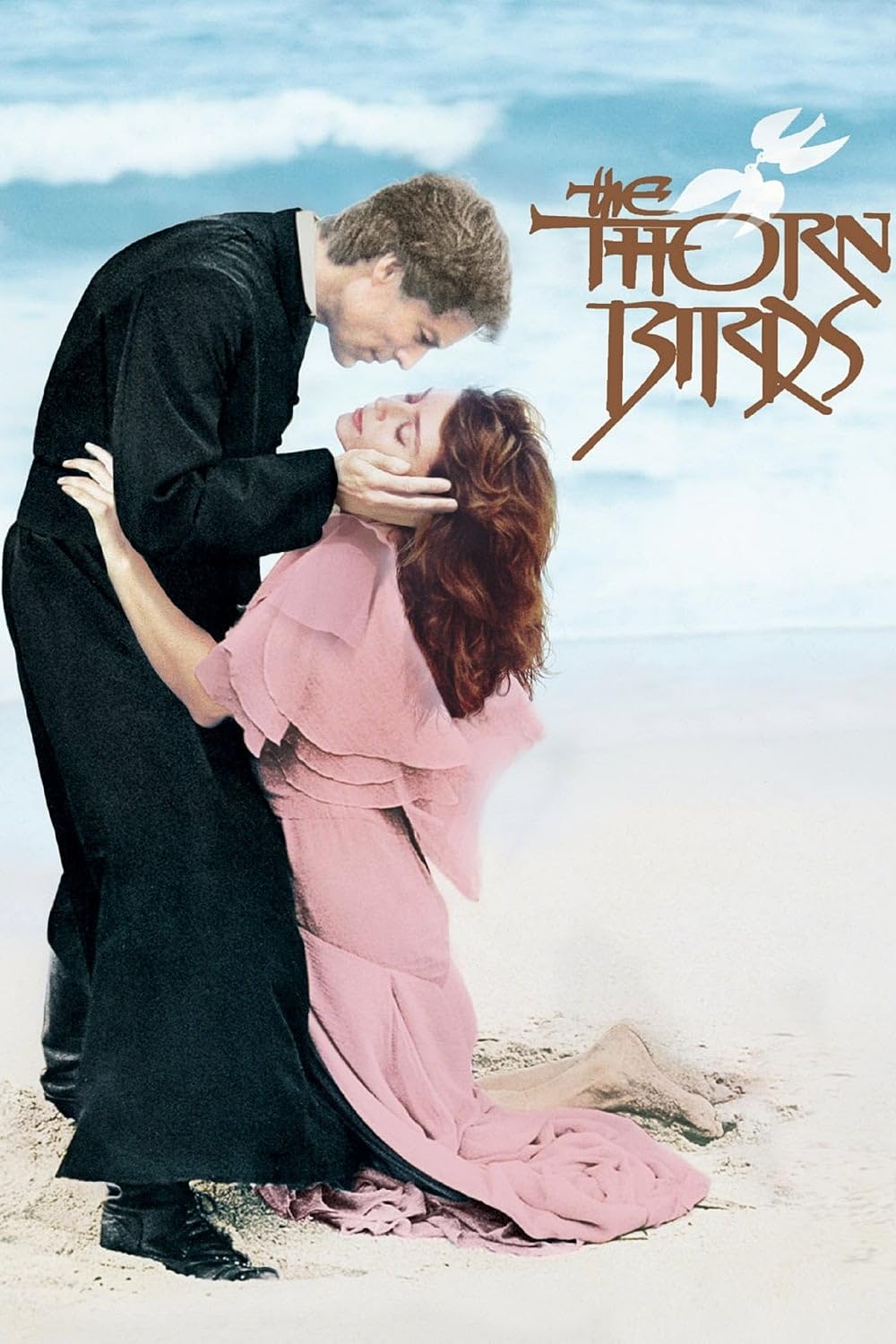
This romantic drama, also starring Richard Chamberlain, aired in 1983 and became one of the most-watched miniseries in TV history. It tells the passionate yet forbidden love story between a young woman and a Catholic priest, exploring themes of family, loyalty, and sacrifice. The cast, which includes Barbara Stanwyck and Rachel Ward, brought depth to the complex relationships that kept audiences riveted. The Thorn Birds won numerous awards, including Golden Globes and Emmys, solidifying its legacy. Its emotional narrative and memorable performances have made it a classic among TV dramas.
North and South (1985)

Premiering in 1985, this Civil War-era drama starred Patrick Swayze and James Read as best friends on opposite sides of the conflict. Adapted from John Jakes’ novels, North and South explored themes of loyalty, friendship, and division, resonating deeply with audiences. With its star-studded cast, including Lesley-Anne Down and David Carradine, the miniseries presented a sweeping narrative against the backdrop of a divided America. It became an instant classic, receiving Emmy nominations and widespread acclaim. The series remains a compelling exploration of brotherhood amidst national turmoil.
V (1983)
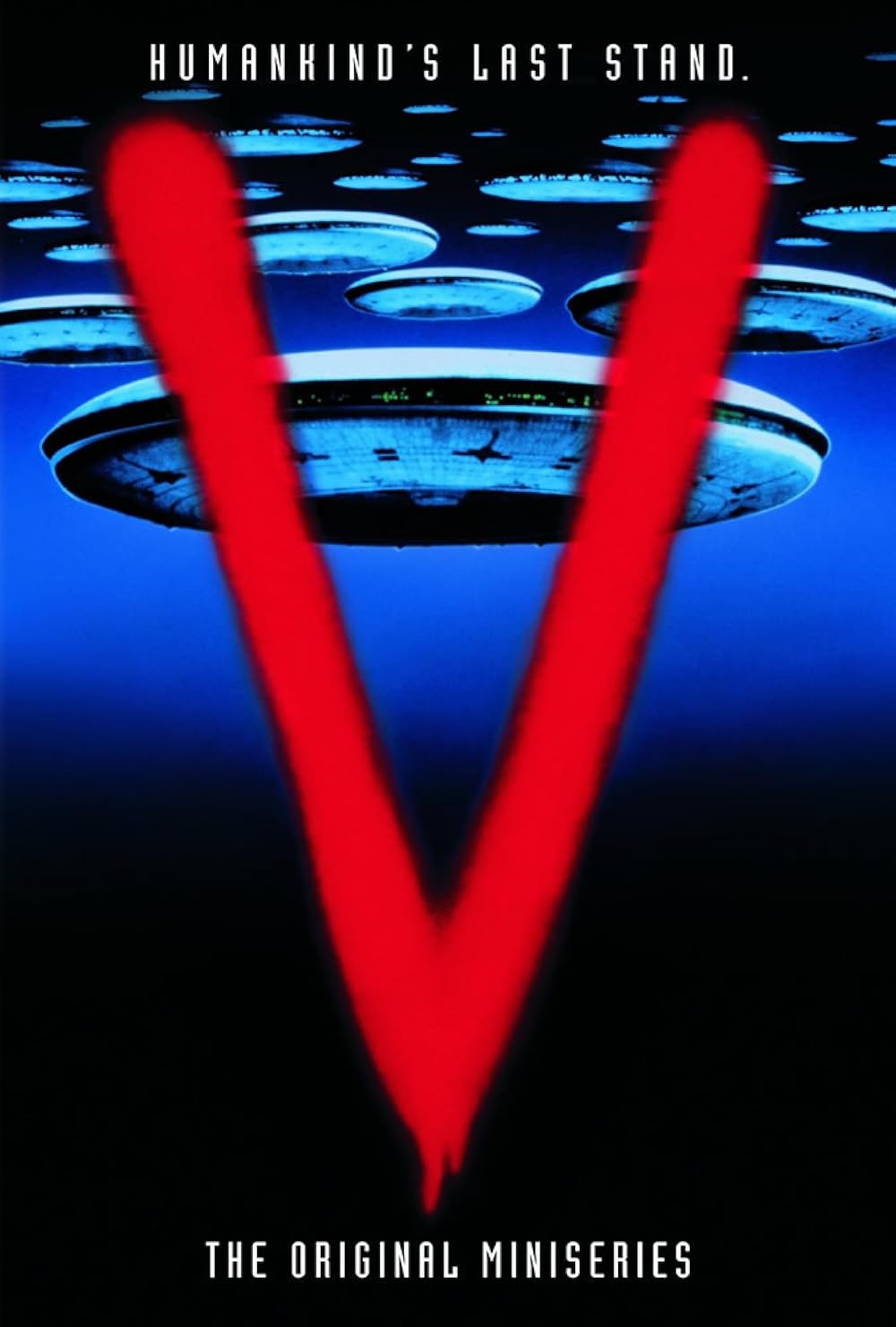
V was a sci-fi thriller that aired in 1983, capturing the imagination of viewers with its tale of alien invasion and resistance. Starring Marc Singer and Jane Badler, it introduced audiences to Visitors with sinister motives disguised under a friendly facade. The series’ exploration of human courage against oppression struck a chord, blending sci-fi excitement with social commentary. V earned critical praise and a large fanbase, eventually spawning a sequel series. Its intense storyline and memorable characters helped it become a defining sci-fi miniseries of the decade.
Winds of War (1983)
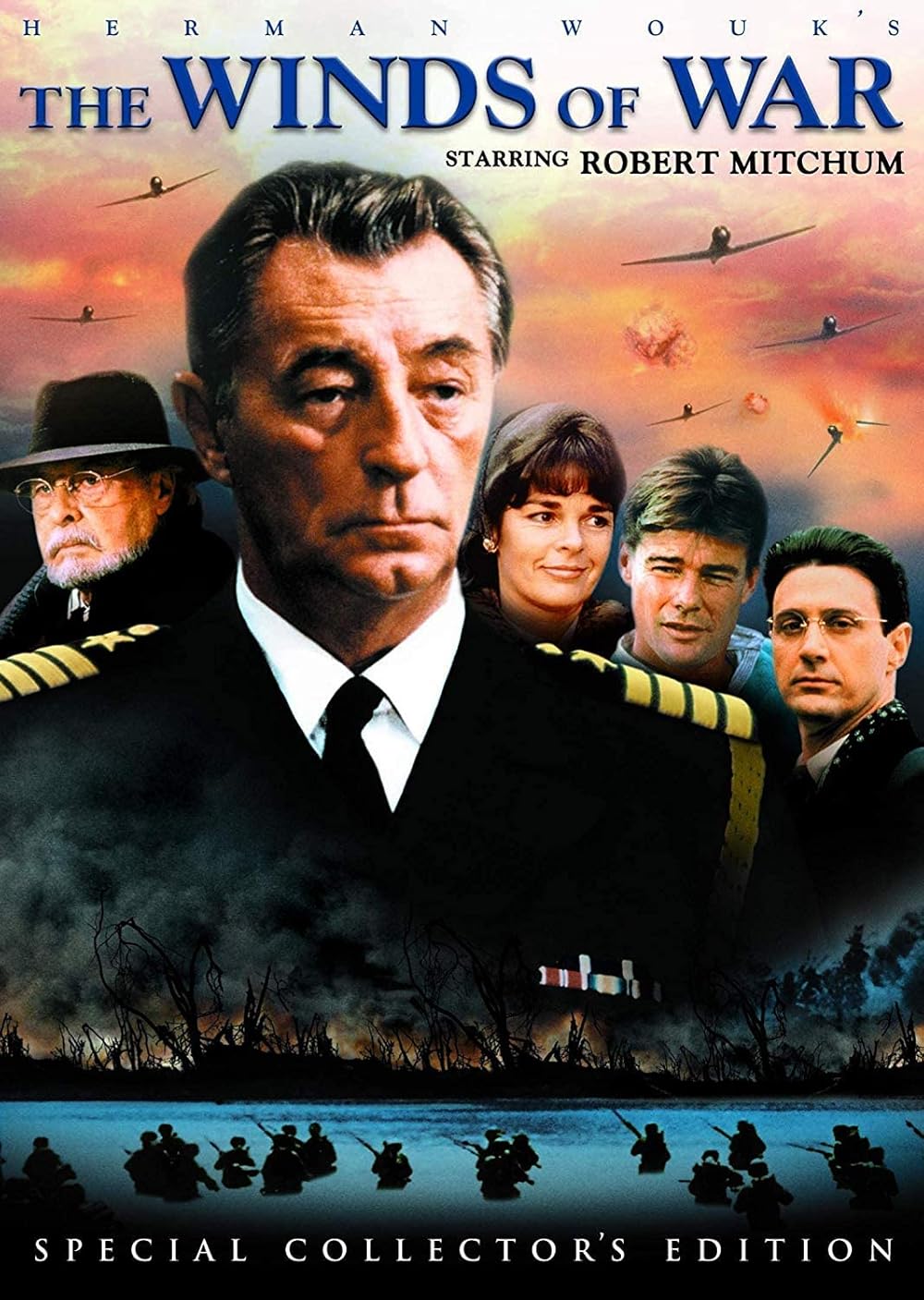
Airing in 1983, Winds of War starred Robert Mitchum and Ali MacGraw in a sweeping story that followed World War II’s early days. Based on Herman Wouk’s bestselling novel, the series takes viewers from the U.S. to Europe, capturing the complex buildup to global conflict. The epic scale, combined with personal stories, captivated audiences worldwide and made it a must-watch. It won several awards and was praised for its historical accuracy and grand production. The success of Winds of War led to a sequel, War and Remembrance, which continued its impactful storytelling.
Masada (1981)
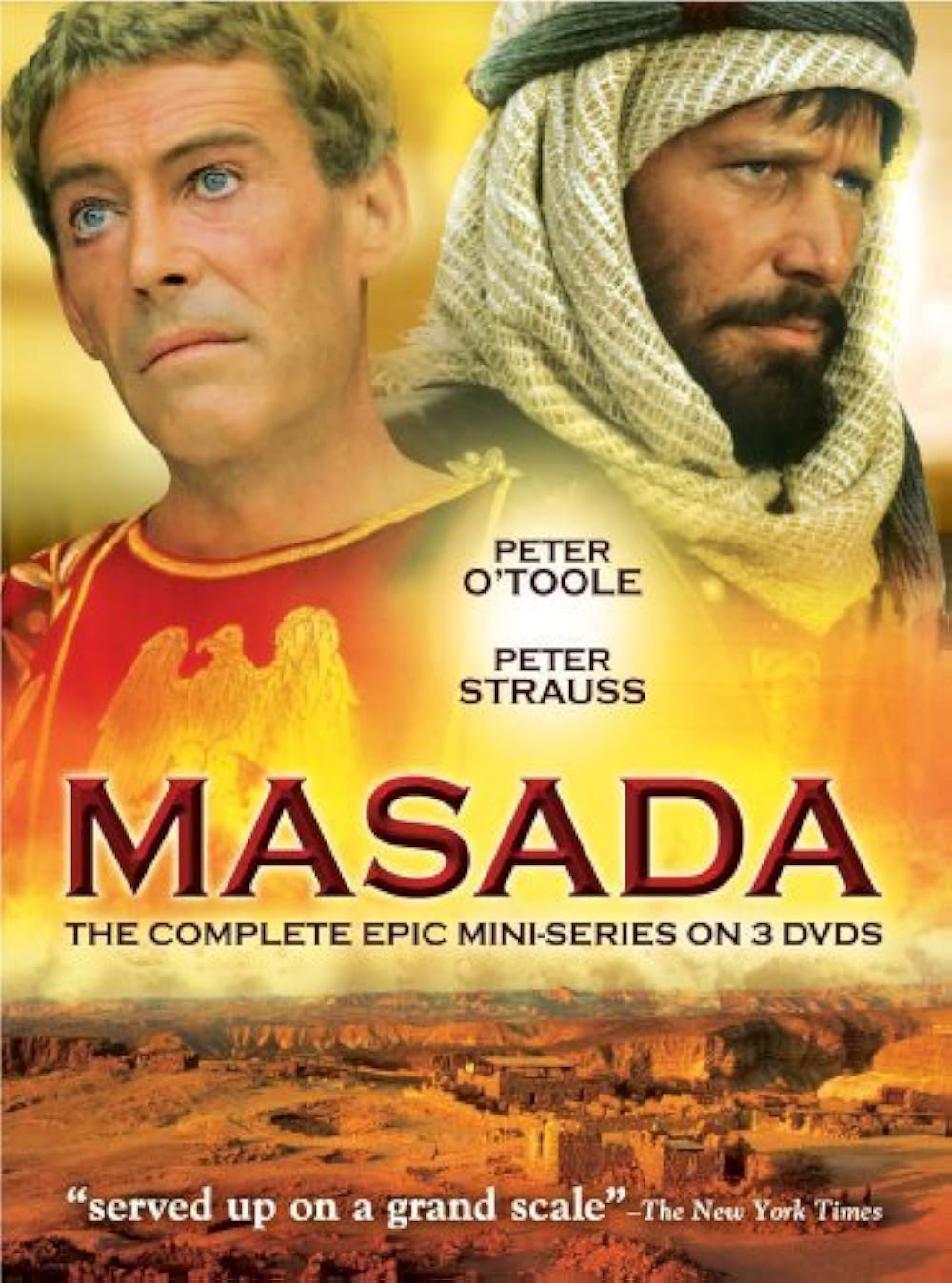
Masada, airing in 1981, is a historical miniseries that starred Peter O’Toole and Peter Strauss in the story of a Jewish rebellion against the Romans in ancient Judea. This series stood out for its dramatic battle sequences and the emotional depth of its characters. O’Toole’s powerful performance as a conflicted Roman general earned critical acclaim. The miniseries was celebrated for its production value and received several Emmy nominations. Its compelling portrayal of courage and resilience made it a hit with viewers and critics alike.
The Blue and the Gray (1982)
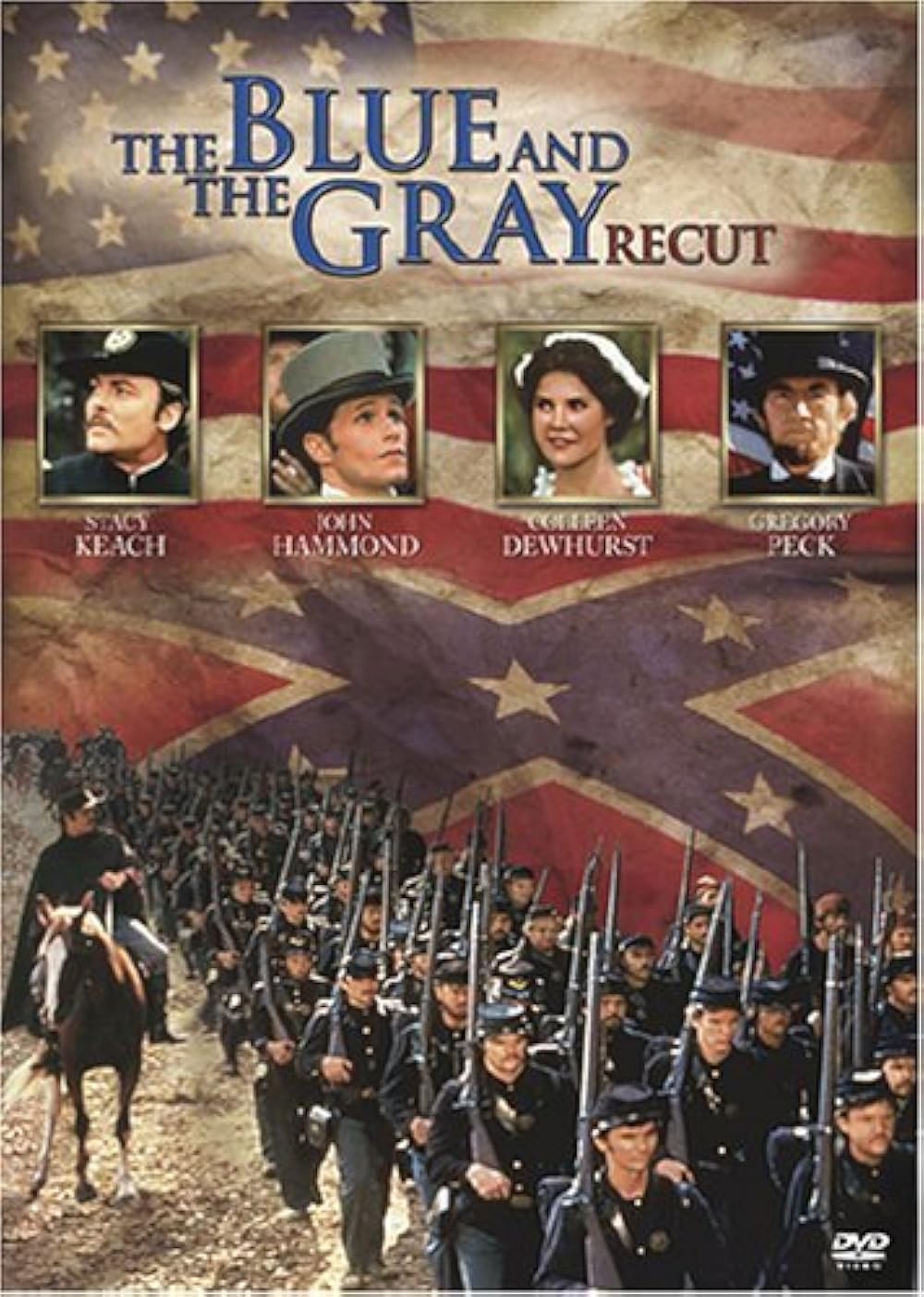
This Civil War miniseries aired in 1982 and starred Gregory Peck as Abraham Lincoln, bringing an emotional perspective to the era. It tells the story of two families, one from the North and one from the South, against the backdrop of the American Civil War. The series was praised for its storytelling and historical accuracy, showcasing the personal cost of the war. Viewers were drawn to its portrayal of divided loyalties and deep emotional conflicts. The Blue and the Gray remains an enduring Civil War narrative on television.
Roots: The Next Generations (1979-1980)
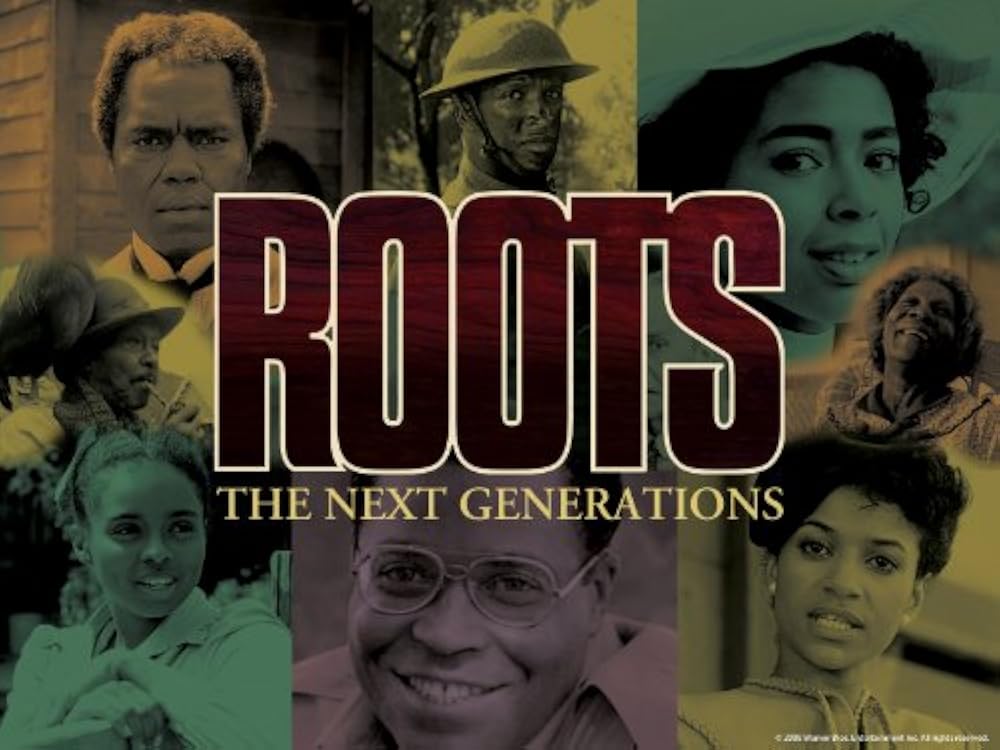
Continuing the legacy of the groundbreaking miniseries Roots, this sequel aired in 1979-1980, following the lives of Kunta Kinte’s descendants. The series starred James Earl Jones, Marlon Brando, and Dorian Harewood, providing another impactful narrative on African American history. Audiences were captivated by its powerful storytelling and exploration of racial identity through generations. The miniseries earned multiple Emmy nominations and widespread acclaim. Its legacy as a profound depiction of American history remains influential.
Lace (1984)
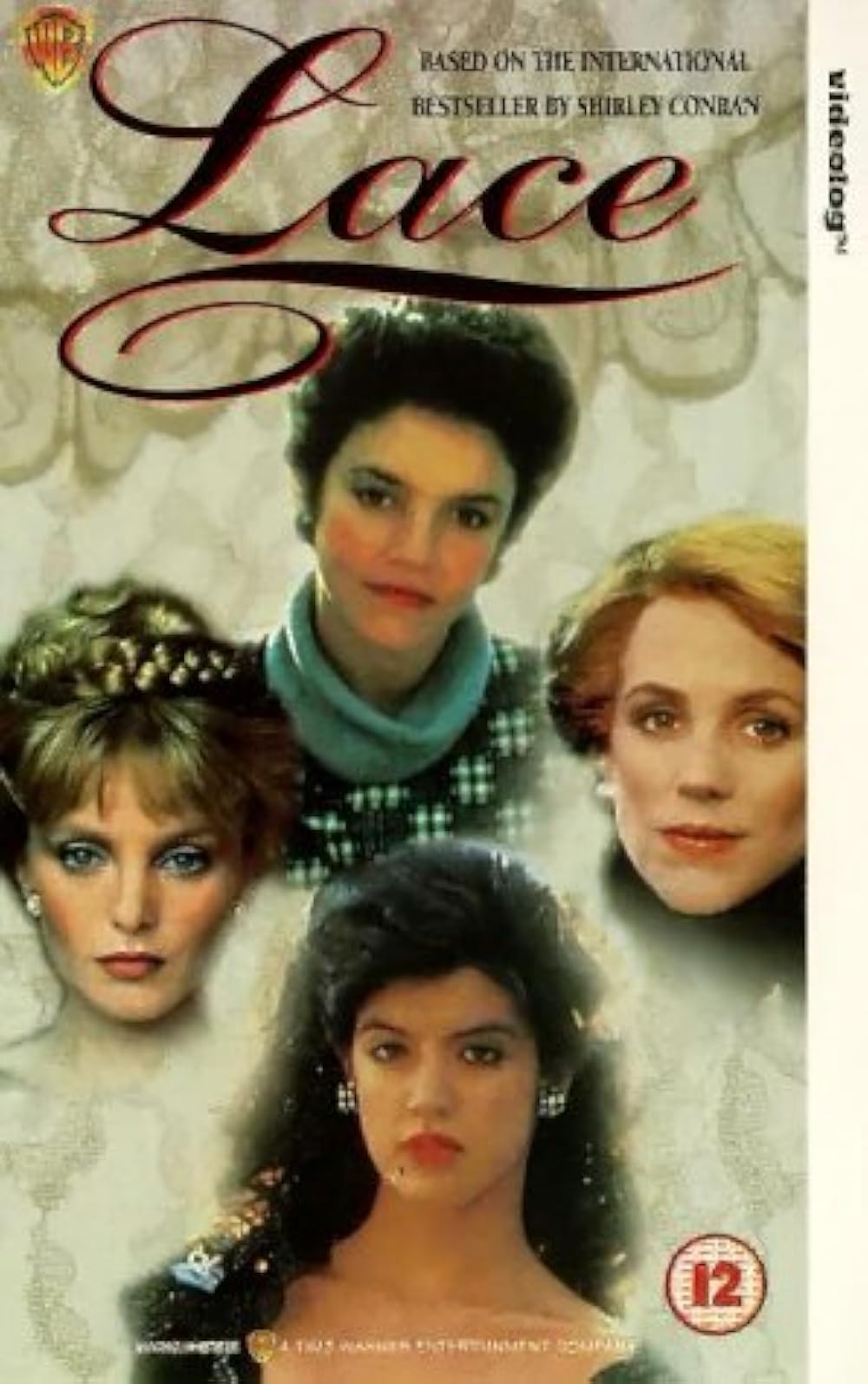
Lace aired in 1984 and starred Phoebe Cates as a young woman searching for her birth mother in a glamorous, suspense-filled story. This miniseries became famous for its dramatic moments and the unforgettable line, “Which one of you bitches is my mother?” Audiences were drawn to its blend of mystery and high drama set against an international backdrop. Despite mixed reviews, Lace gained a loyal following and a cult status. The series’ memorable scenes and star-studded cast continue to make it a beloved 80s classic.
A Woman Called Golda (1982)
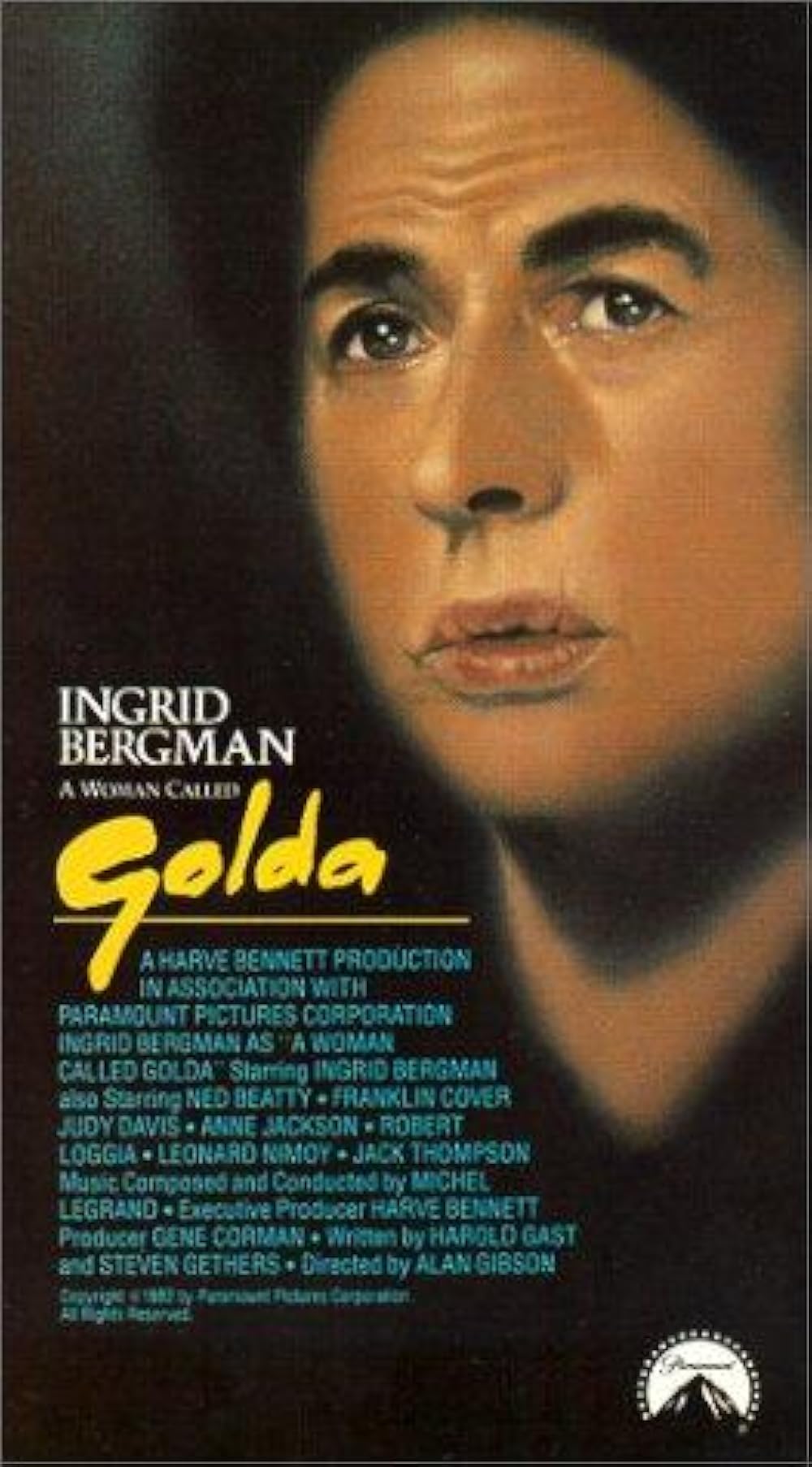
This biographical drama aired in 1982, starring Ingrid Bergman in her final role as Israeli Prime Minister Golda Meir. It highlighted Meir’s journey from her early days in Milwaukee to leading Israel during turbulent times. Bergman’s powerful portrayal captivated audiences and won her a posthumous Emmy Award. The miniseries was praised for its sensitive handling of complex political issues. A Woman Called Golda remains memorable for its engaging narrative and Bergman’s exceptional performance.
The Last Convertible (1979-1980)
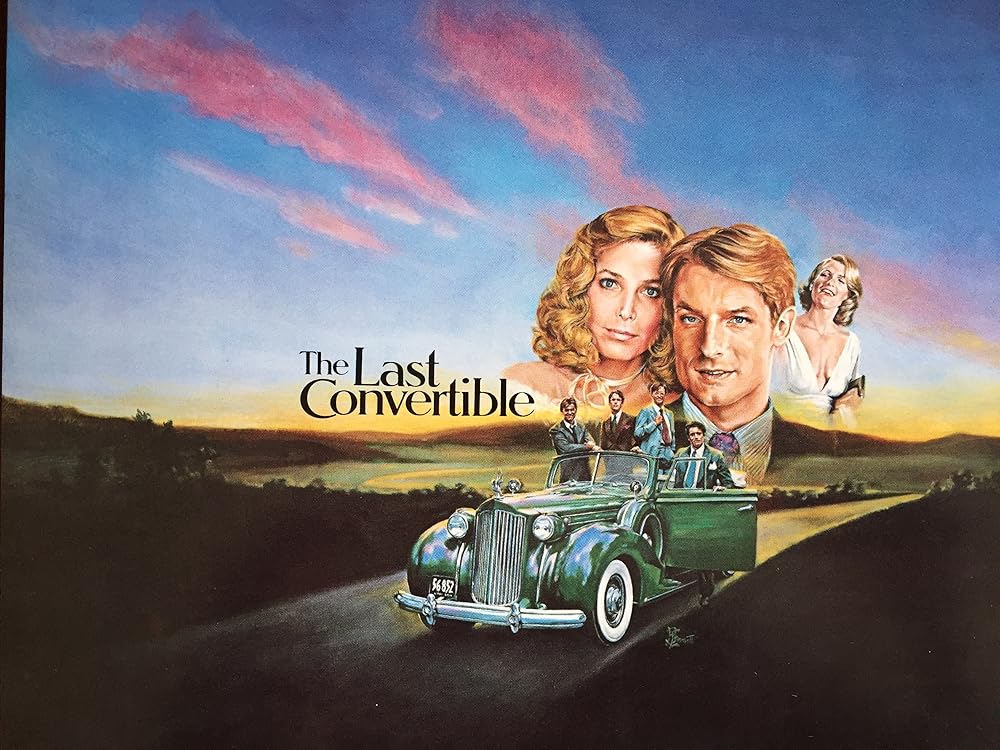
Aired between 1979 and 1980, The Last Convertible followed a group of friends from college in the 1940s through their lives and loves over decades. This coming-of-age drama starred Perry King and Bruce Boxleitner and captured the spirit of friendship and change over time. Viewers were drawn to its nostalgic tone and relatable themes of love, loss, and enduring bonds. It received warm reviews and is fondly remembered for its heartfelt storytelling. This miniseries remains a beloved slice of Americana.
Ellis Island (1984)
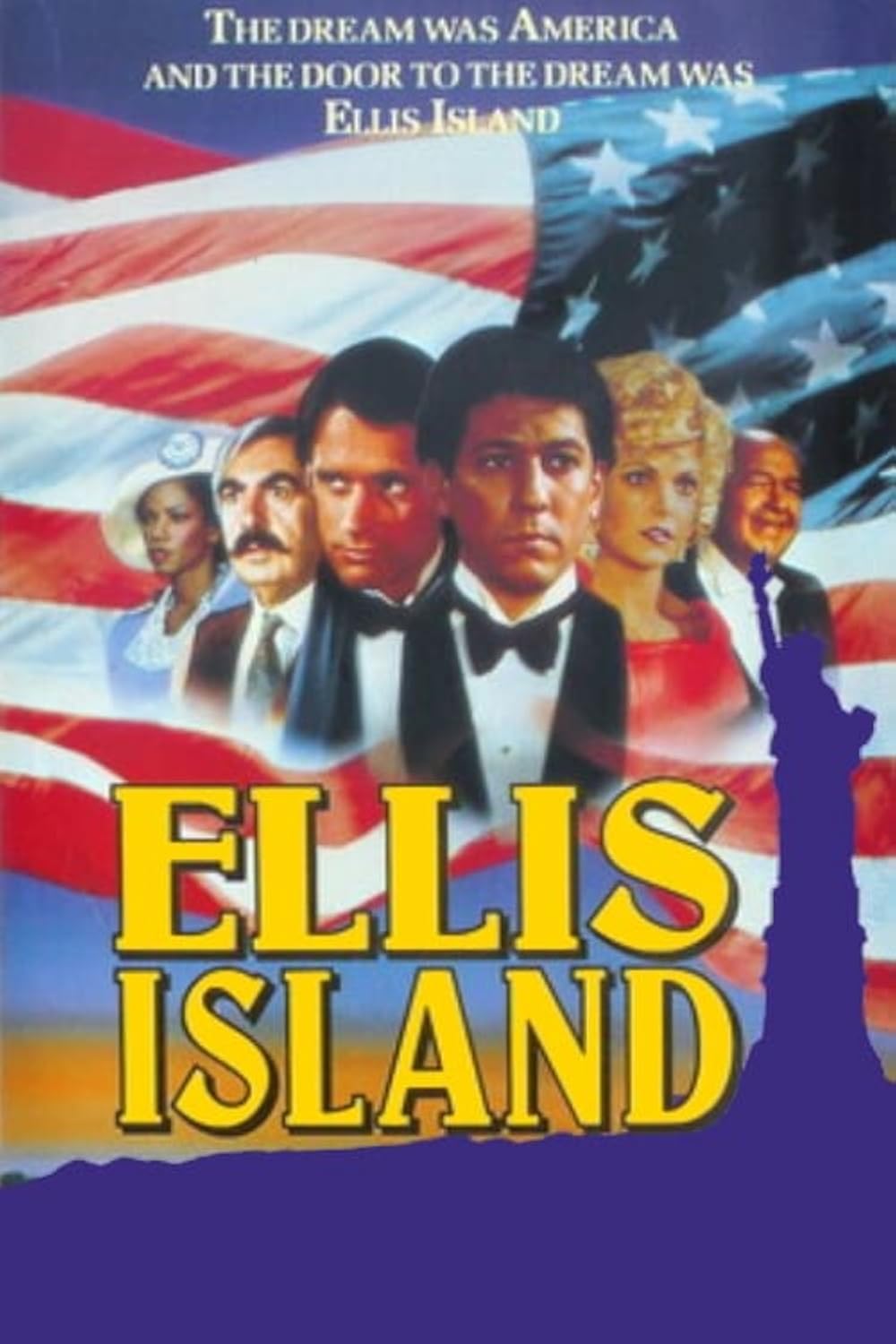
This historical drama aired in 1984, starring Richard Burton, Faye Dunaway, and Liam Neeson, capturing the immigrant experience in early 20th-century America. The series highlighted the challenges and dreams of those who passed through Ellis Island. Its star-studded cast and poignant storytelling resonated with audiences. It was celebrated for its historical portrayal and won multiple Golden Globe awards. Ellis Island remains a heartfelt reminder of the immigrant journey in American history.
Chiefs (1983)
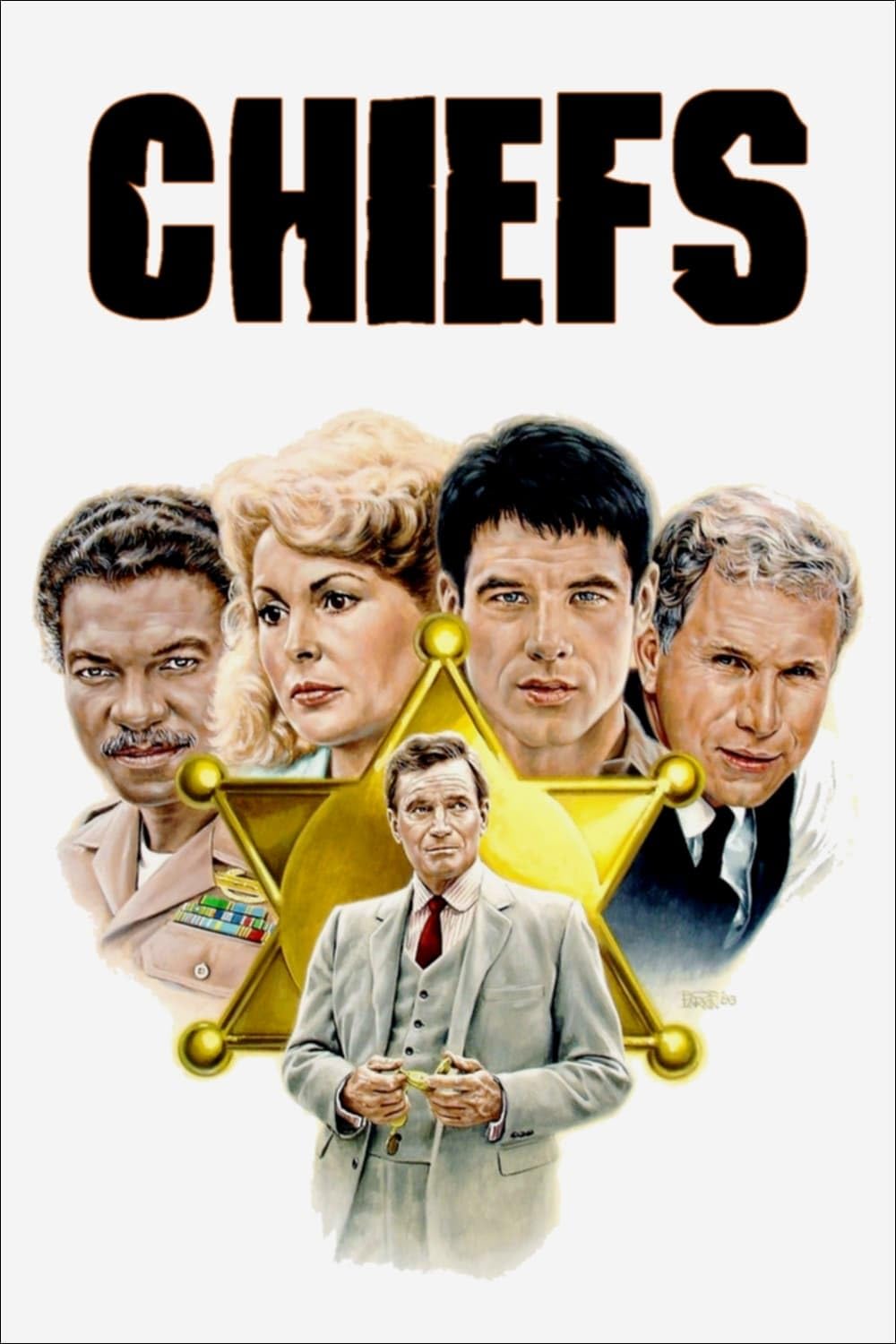
Chiefs, a crime drama that aired in 1983, starred Charlton Heston and Keith Carradine in a story about law enforcement across three generations in a small Southern town. Based on the Stuart Woods novel, it traced decades of crime and justice, exploring evolving social dynamics. Viewers were hooked by its complex characters and suspenseful plot. The miniseries received critical praise and award nominations. Its portrayal of justice over time made it a compelling story that resonates with fans of crime dramas.
The Day After (1983)
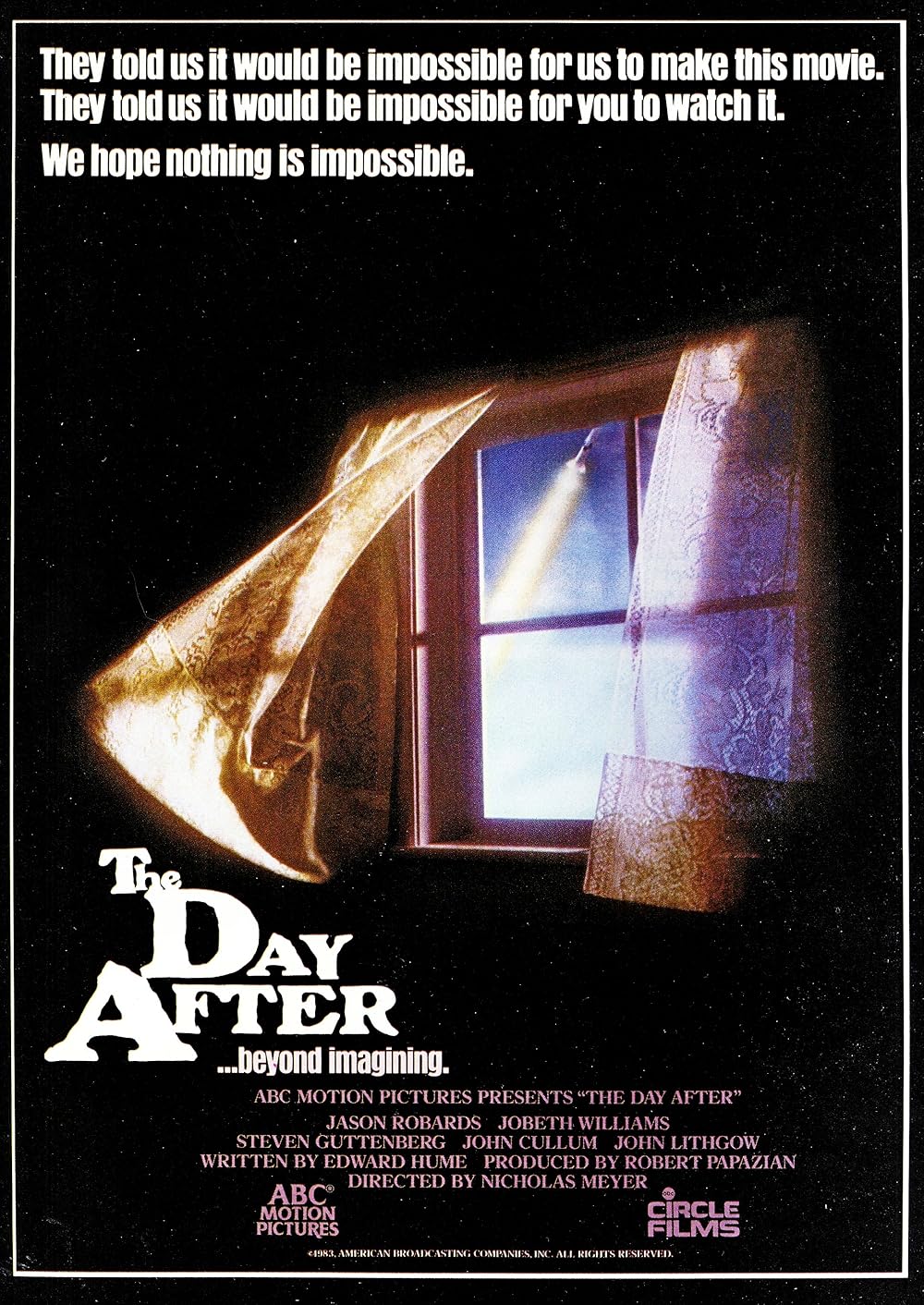
Aired in 1983, this intense miniseries depicted a small Kansas town’s experience before and after a nuclear attack, starring Jason Robards and JoBeth Williams. The stark portrayal of nuclear fallout shocked audiences and sparked a national conversation. With its realistic approach and emotional depth, it quickly became a cultural phenomenon. The Day After received Emmy nominations and remains an influential piece of television. Its impact on discussions about nuclear war was unparalleled.
East of Eden (1981)
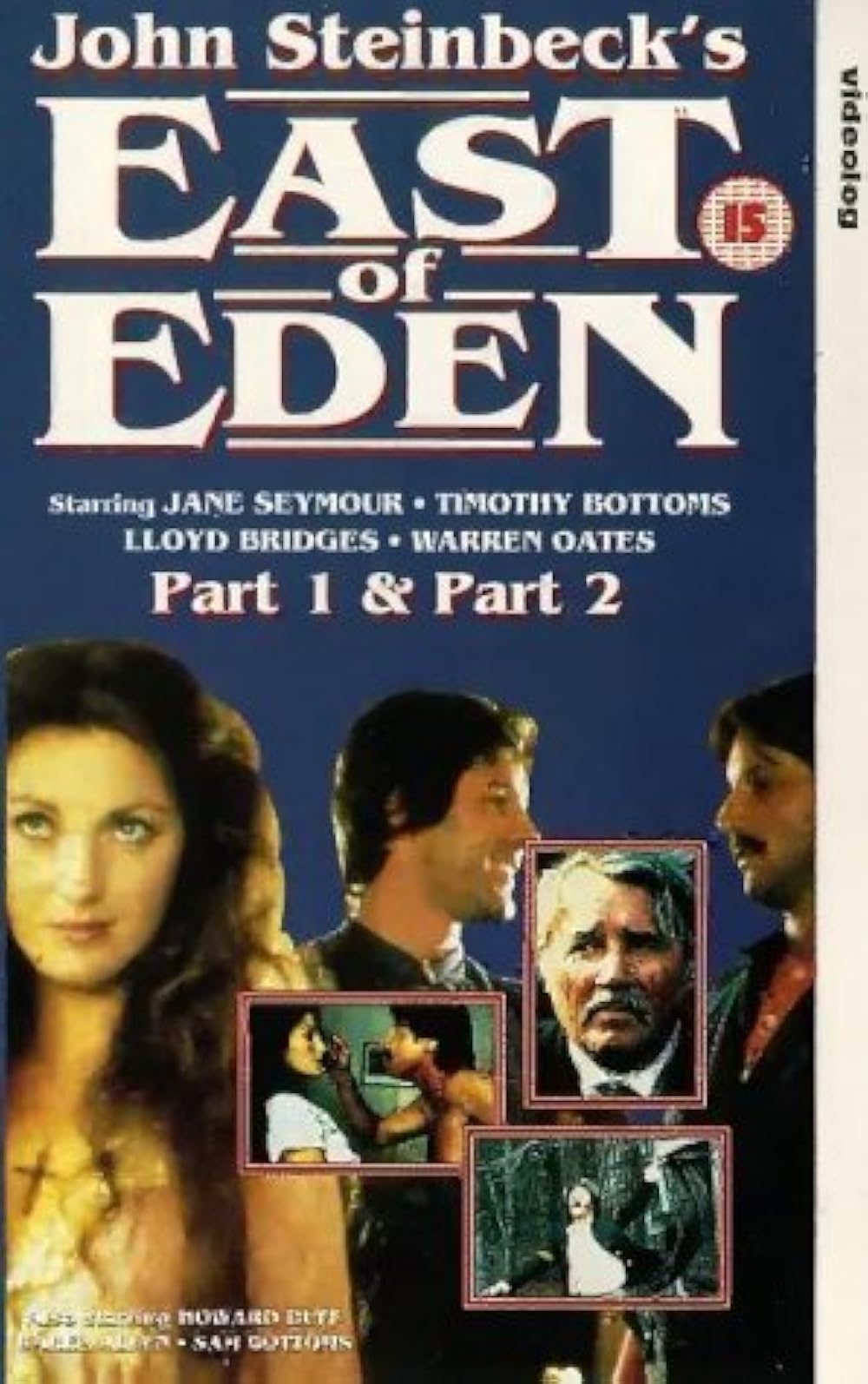
Adapted from John Steinbeck’s novel, East of Eden aired in 1981, starring Jane Seymour and Timothy Bottoms in a story of family rivalry, love, and betrayal. The period drama took audiences through the conflicts of two generations in California’s Salinas Valley. Its emotional depth and strong performances captured viewers’ attention and won multiple awards. Seymour’s portrayal of the complex character Cathy Trask was widely acclaimed. The series is remembered as a powerful adaptation of a classic American novel.
Lonesome Dove (1989)

Lonesome Dove, a Western epic that aired in 1989, starred Robert Duvall and Tommy Lee Jones as two retired Texas Rangers on a cattle drive to Montana. Based on Larry McMurtry’s Pulitzer Prize-winning novel, it became one of the most acclaimed TV miniseries. Audiences were captivated by its sweeping landscapes, adventure, and well-drawn characters. It won multiple Emmys and Golden Globes, solidifying its place in TV history. Lonesome Dove remains a standout Western that combines action with rich storytelling.
Tender Is the Night (1985)
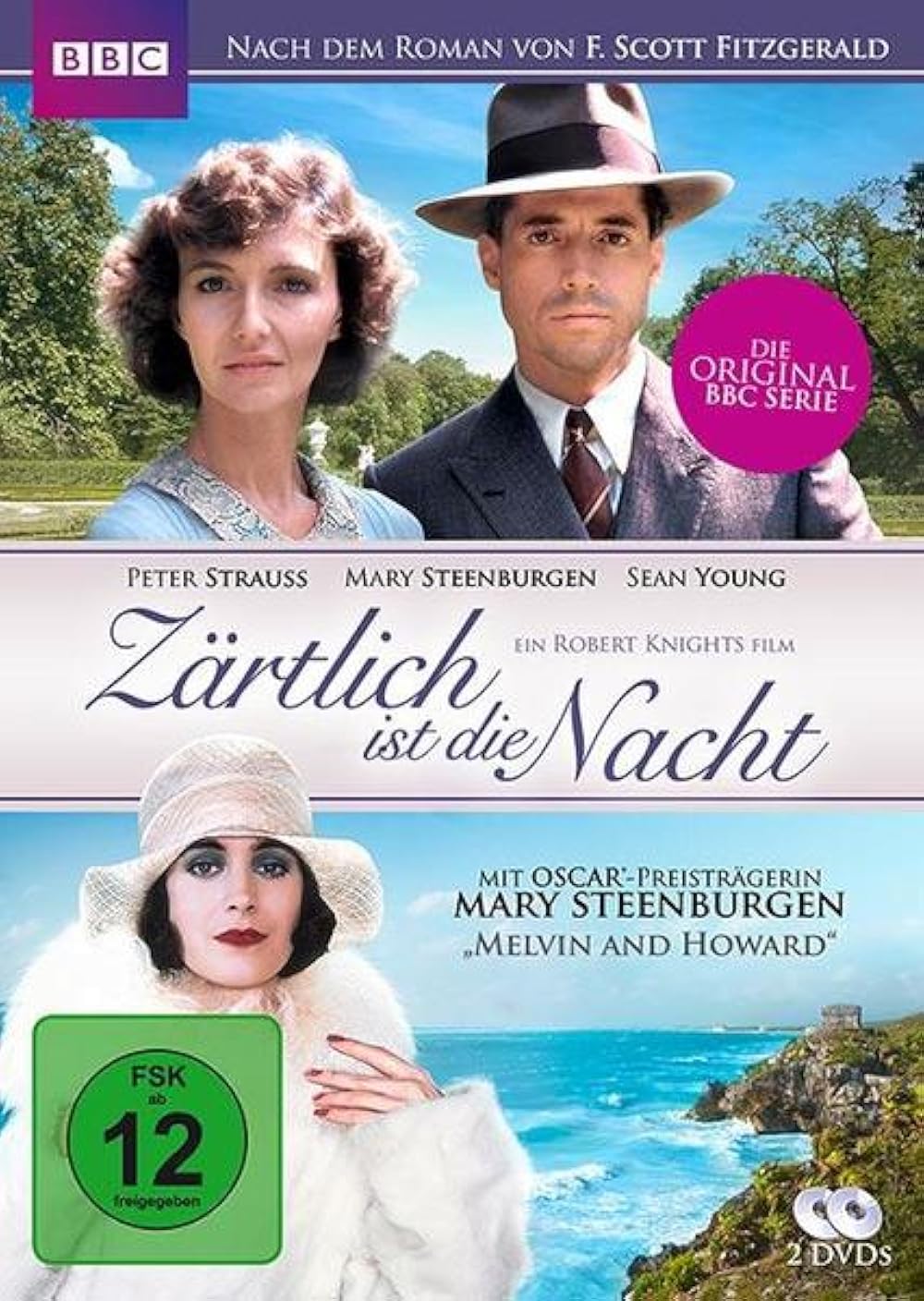
Based on F. Scott Fitzgerald’s novel, Tender Is the Night aired in 1985, starring Mary Steenburgen and Peter Strauss. Set in 1920s Europe, it explores the glamorous yet troubled lives of a wealthy American couple. The series drew audiences with its lush settings and complex characters dealing with love, jealousy, and mental illness. It received praise for its elegant adaptation and earned award nominations. Tender Is the Night is still appreciated for its exploration of wealth and decadence.
Peter the Great (1986)
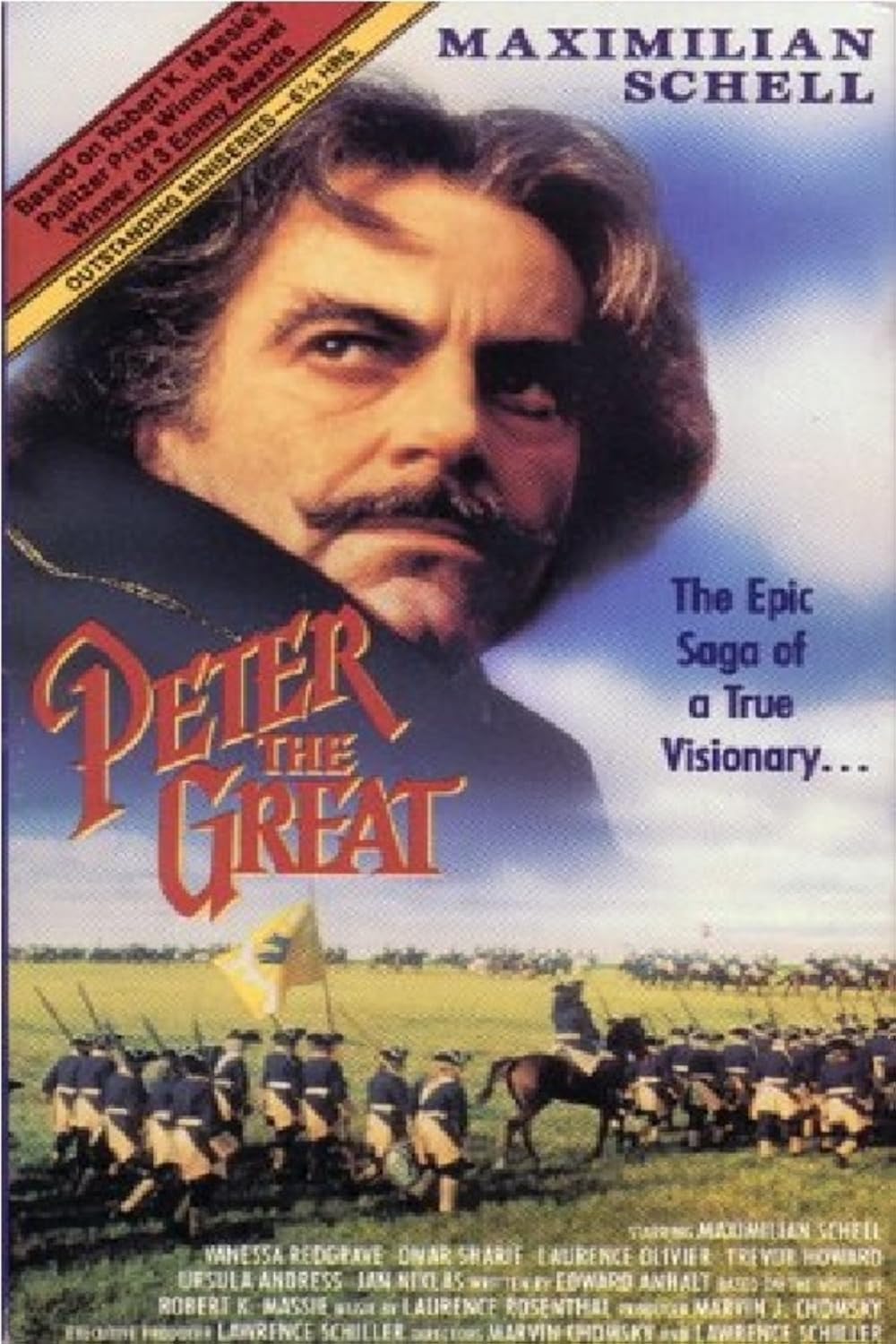
Aired in 1986, Peter the Great starred Maximilian Schell as the Russian ruler who transformed his country into a major European power. This historical miniseries showcased his military campaigns, reforms, and personal struggles. Audiences enjoyed the rich historical detail and high production value, making it a fascinating watch. It won multiple Emmys and Golden Globes for its ambitious storytelling. Peter the Great remains a landmark in historical television.
Crossing to Freedom (1987)
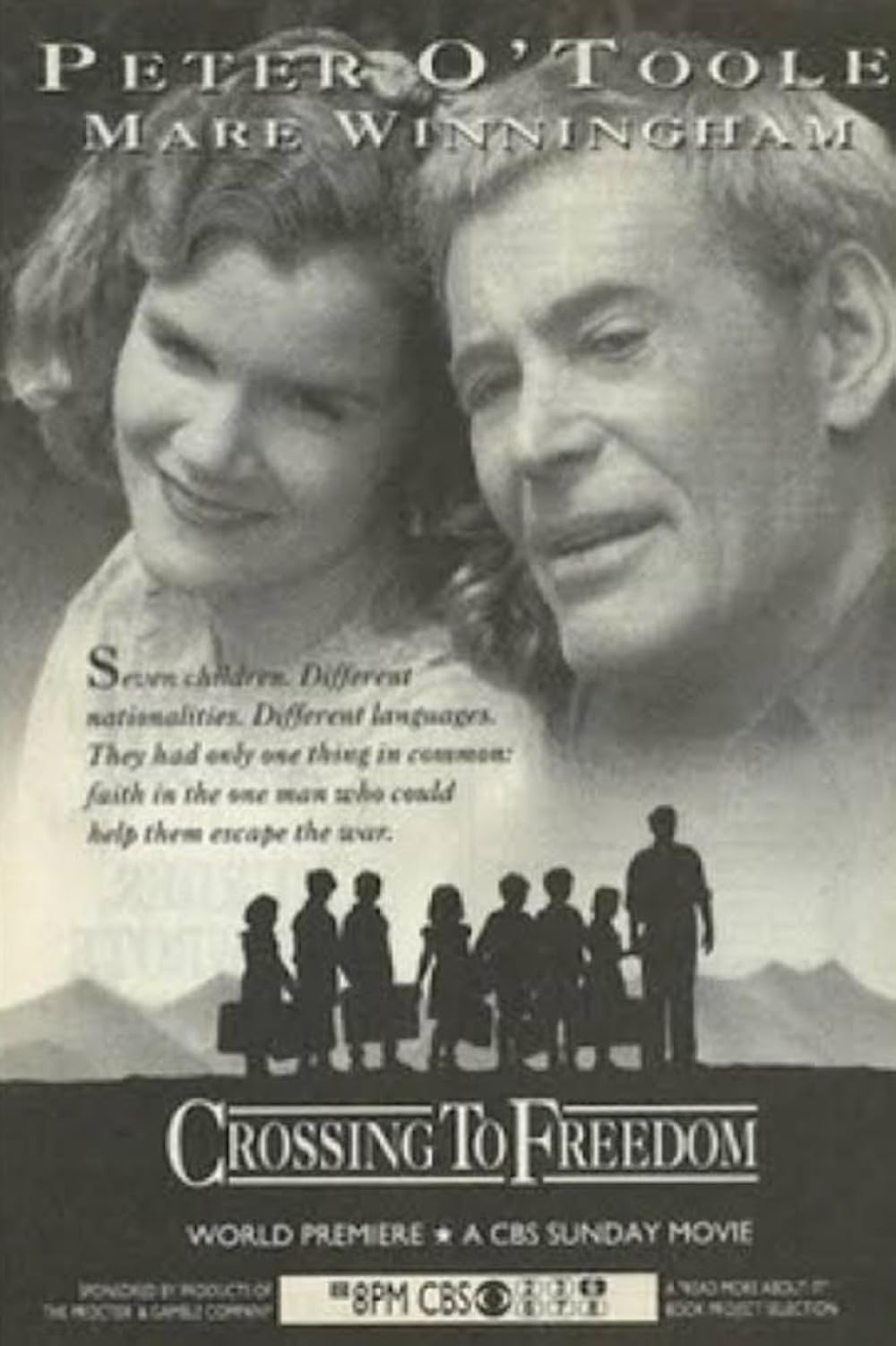
Airing in 1987, Crossing to Freedom follows the journey of a British POW and a French family escaping Nazi-occupied France. The series starred Peter O’Toole and Jay O. Sanders, bringing wartime struggles and resilience to life. Its emotional story of survival and friendship captivated viewers. Although not as award-winning as others, it resonated deeply with audiences for its heartfelt narrative. This miniseries continues to be a powerful reminder of bravery in dire times.
Napoleon and Josephine: A Love Story (1987)
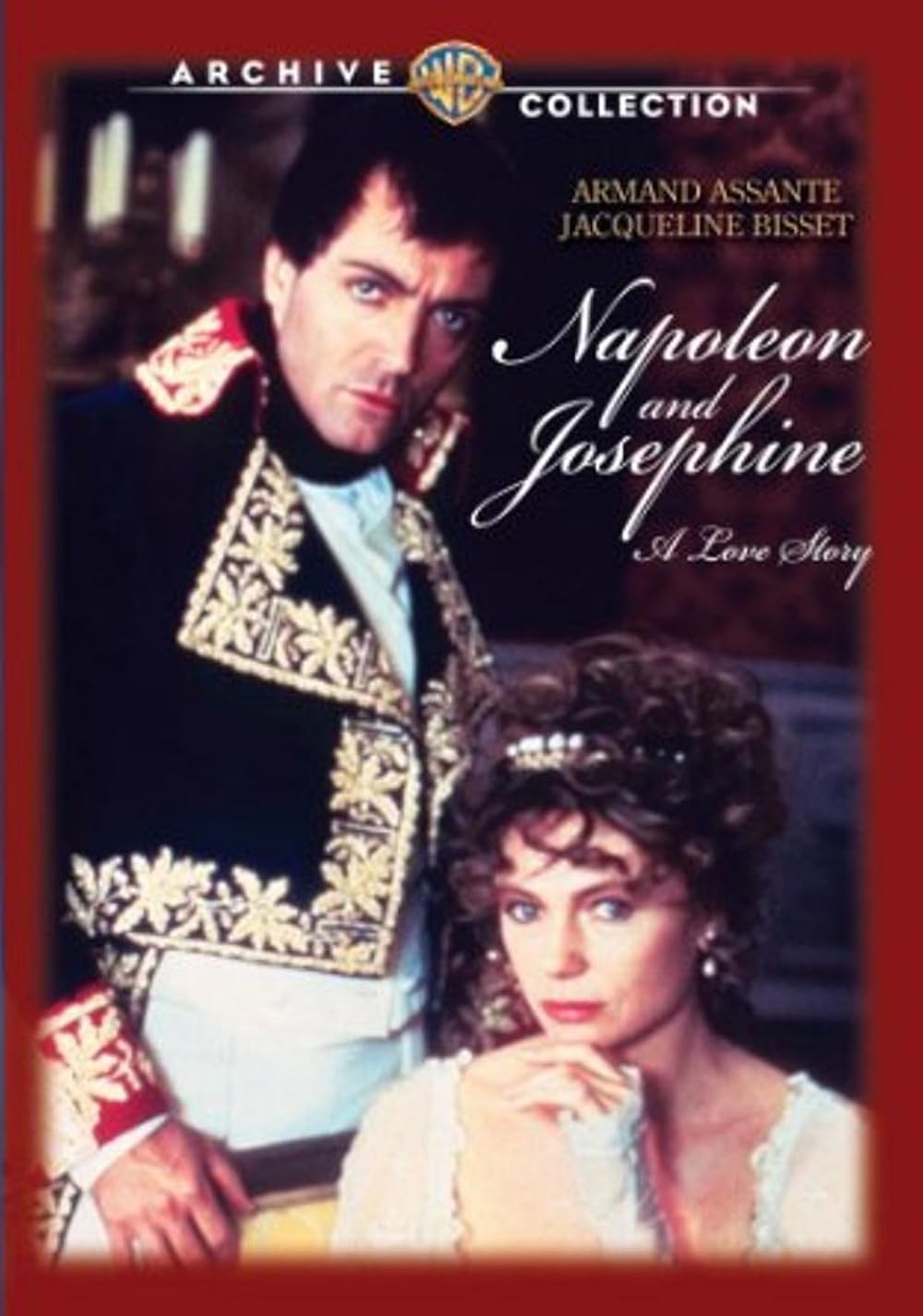
This 1987 miniseries stars Armand Assante and Jacqueline Bisset as Napoleon Bonaparte and his first wife, Josephine, in a tale of passion and ambition. Set against the backdrop of European conquests, it portrayed their complex relationship and Napoleon’s rise to power. The mix of romance and historical drama drew viewers into the intricacies of their lives. The series received critical praise for its performances and was nominated for several awards. Napoleon and Josephine is still admired for its captivating blend of love and ambition.
This article originally appeared on UnifyCosmos.
More from UnifyCosmos
18 Financial Pitfalls to Avoid When Budgeting for the First Time

Budgeting for the first time can feel overwhelming, but it’s an essential step toward financial stability. Without proper planning, it’s easy to make mistakes that could set you back. Read More
18 Little-Known Details About the History of the Silk Road

The Silk Road was an ancient network of trade routes that connected the East and West, stretching over 4,000 miles. It linked regions from China to the Mediterranean, playing a key role in cultural, economic, and political exchanges. Read More
18 Errors to Watch Out for When Creating a Social Media Presence

Building a successful social media presence can be tricky if you’re not aware of common pitfalls. From inconsistent branding to ignoring audience engagement, small mistakes can have a big impact. Read More
Leave a Reply